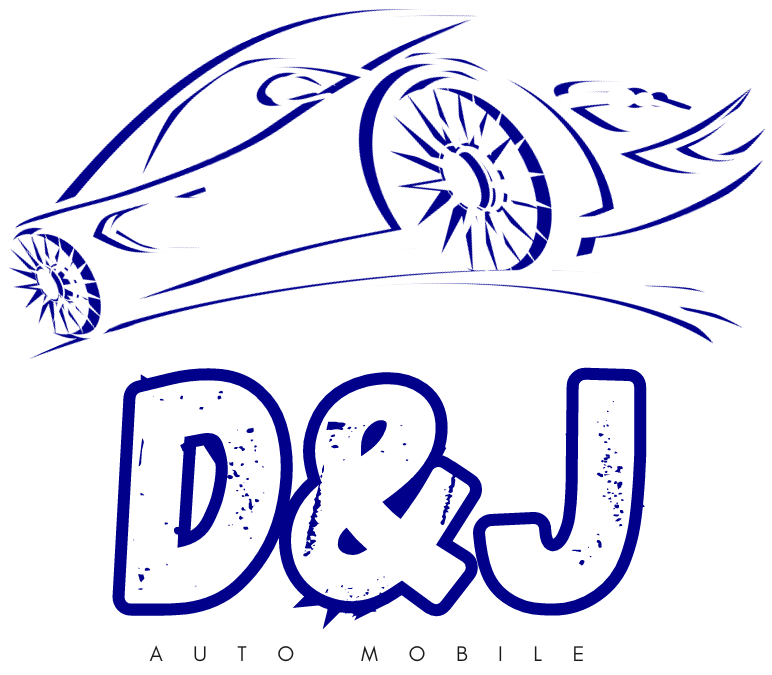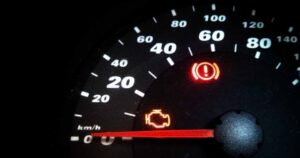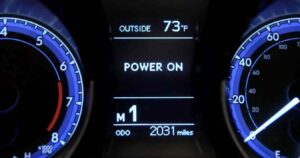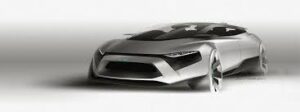Regular car maintenance is an important aspect of vehicle ownership that helps to ensure the safety and reliability of your car.
By following a set of recommended maintenance routines, you can help to keep your car running smoothly and avoid costly repairs down the road.
In this article, we will go over a range of maintenance tasks that you should perform on your car on a regular basis, including checking and changing the oil, replacing the air filter and spark plugs, inspecting and replacing tires, refilling fluids, and getting regular tune-ups.
Table of Contents
ToggleChecking and changing your oil:
Oil is the lifeblood of your car’s engine, and it needs to be changed at regular intervals to keep the engine running smoothly
- Locate the oil drain plug underneath the car and place a drain pan underneath it.
- Using a wrench, loosen the drain plug and allow the oil to drain out completely.
- Replace the oil filter, using a filter wrench to loosen and remove the old filter, and hand-tighten the new filter.
- Replace the oil drain plug and add new oil to the engine, using a funnel to pour it into the oil filler neck.
- Check the oil level using the dipstick, and add more oil if needed to bring it to the full mark.
- Start the engine and let it run for a few minutes, then check the oil level again to ensure that it is correct.
Checking and replacing the air filter:
A clean air filter is important for good engine performance and fuel economy.
- Locate the air filter housing, which is usually located near the engine air intake.
- Remove the housing cover and take out the old air filter.
- Inspect the old filter for signs of dirt and debris, and replace it with a new filter if necessary.
- Install the new filter in the housing and replace the cover.
Checking and replacing spark plugs:
Check and replace your spark plugs. Spark plugs are an important part of the ignition system and help to ensure that your car starts and runs smoothly.
- Locate the spark plugs, which are usually located on the top of the engine.
- Use a spark plug socket and a ratchet to loosen and remove the spark plugs.
- Inspect the spark plugs for signs of wear, such as fouling or damage, and replace them if necessary.
- Install the new spark plugs and hand-tighten them.

Checking and replacing tires:
Check and replace your tires. Tires that are worn or damaged can be dangerous and should be replaced as soon as possible.
- Check the tread depth of your tires using a tread depth gauge. If the tread depth is less than 1/8 of an inch, it is time to replace the tires.
- Check the tires for signs of damage, such as bulges, cuts, or excessive wear. Any damaged tires should be replaced as soon as possible.
- Inflate the tires to the correct pressure, as specified in the owner’s manual or on the tire placard located on the doorjamb or glove box.
- Rotate the tires according to the manufacturer’s recommendations to ensure even wear.
Checking and refilling fluids:
Check and refill your fluids. Make sure to check and refill your car’s oil, transmission fluid, brake fluid, and coolant on a regular basis.
- Locate the oil filler neck and dipstick under the hood, and use a funnel to add more oil if the level is low.
- Locate the transmission fluid dipstick and add more fluid if the level is low.
- Locate the brake fluid reservoir and add more fluid if the level is low.
- Locate the coolant reservoir and add more coolant if the level is low.
Getting regular tune-ups:
A tune-up can help to keep your car running smoothly by checking and adjusting various systems and components.
- A tune-up typically includes a variety of services, such as checking and adjusting the ignition and fuel systems, replacing the spark plugs and air filter, and inspecting various systems and components.
- It is generally recommended to get a tune-up every 30,000 miles or so, although the specific interval will depend on the make and model of your car.
- Consult your owner’s manual or a trusted mechanic for more information on what is included in a tune-up and how often it should be performed.
Conclusion
By following these maintenance routines and paying attention to your car’s needs, you can help to keep it running smoothly and avoid costly breakdowns.
Regular maintenance is a small investment that can pay off big in the long run by extending the life of your car and keeping it in top condition. So take the time to take care of your car, and it will take care of you in return.
Related Posts and
- Follow These Steps to Protect The Paint Of Your Car
- Tips To Change Your Car’s Engine Oil
- 6 Routines to Keep Your Car Healthy | Kennedy Transmission























